Before you buy a fruit tree, you need to learn about rootstocks – they're the key to finding a tree that thrives in your garden
They're the most important part of the tree!
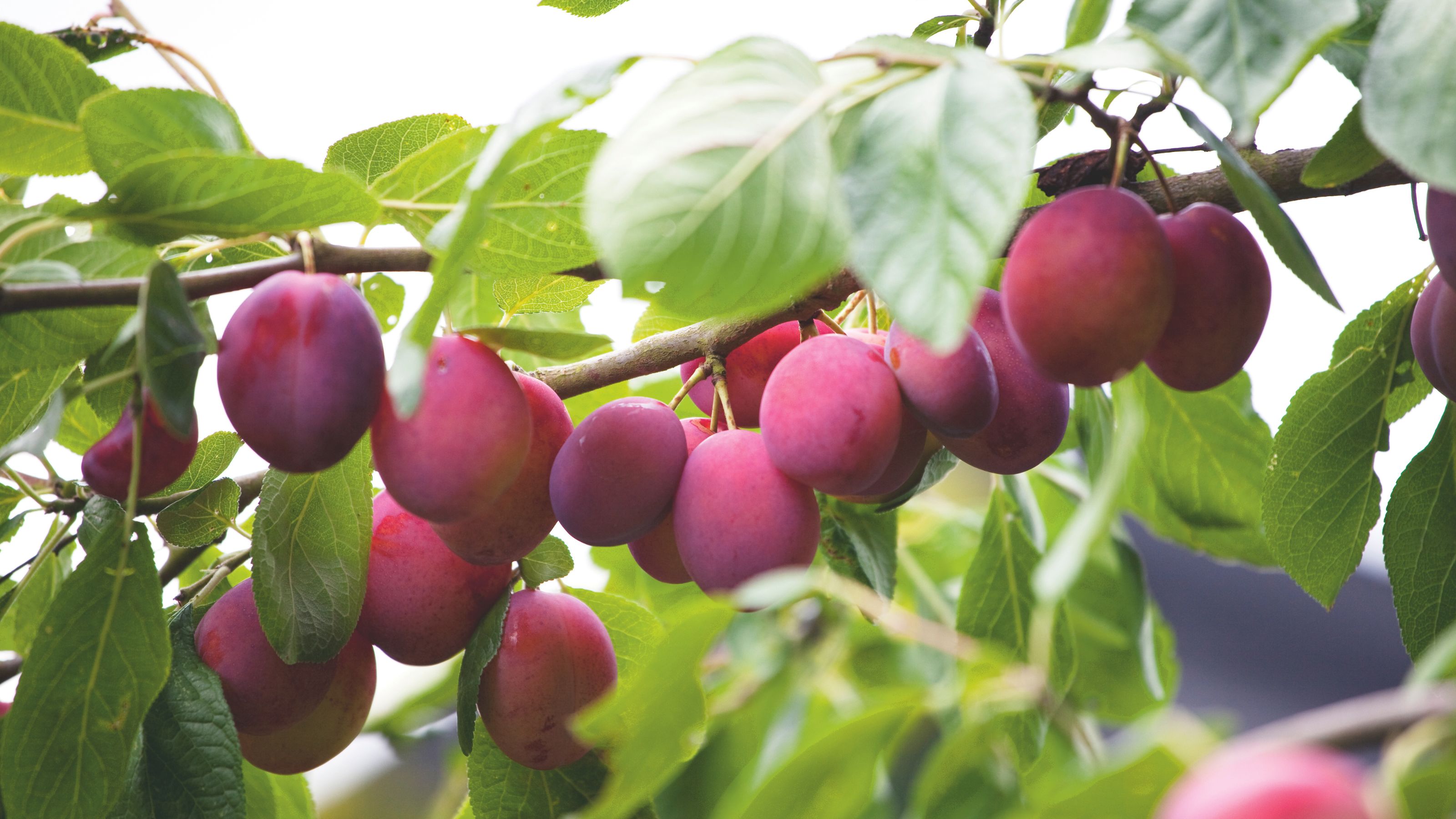

If you’ve ever shopped for a fruit tree, you might have noticed the term ‘rootstock’ floating around – but what are rootstocks, exactly?
Well, it’s about time we demystified them, because they’re really important when it comes to choosing bare-root trees and container-grown trees. Rootstocks control the ultimate size of a tree and how much fruit it produces every year, among other things.
If you're looking for a fruit tree that thrives in the space you have, rootstocks should be the first thing you look at. Below, you’ll find a no-nonsense explainer of what rootstocks are, and the key types you’ll find at the garden centre.
What are rootstocks?
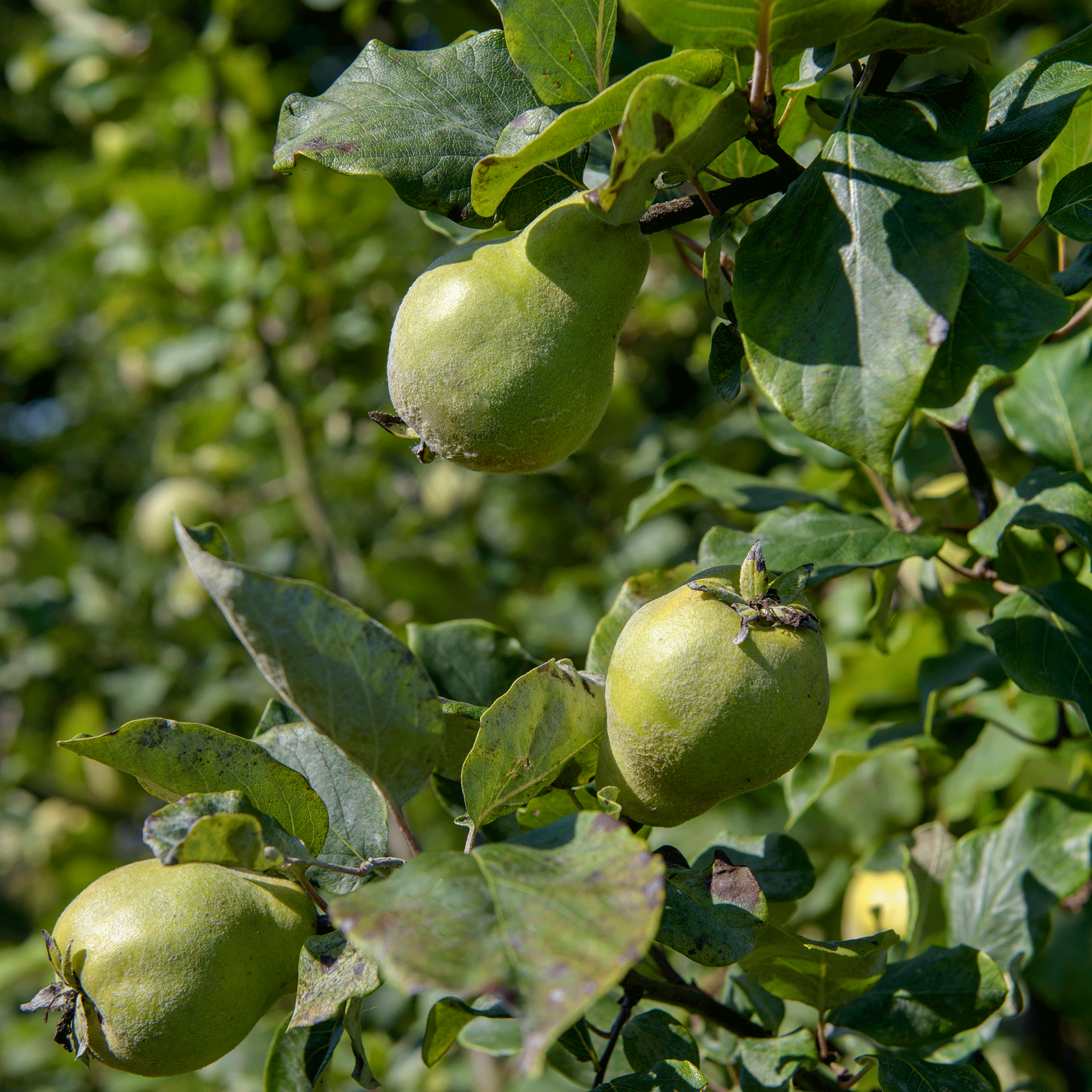
In a nutshell, a rootstock is the root system and base part of a tree. The upper fruiting part of the tree (also known as a scion, if we’re getting technical) is grafted onto it.
Usually, you don’t have to worry about the actual grafting part – most bare-root and container-grown trees are sold readily grafted, so you’ll just need to check the label to make sure you’re buying a fruit tree with the right rootstock.
Rootstocks are arguably the most important part of a fruit tree, because they influence the way it’ll grow for the rest of its life.
‘Picking the right rootstock means you get a tree that's ideal for your garden’s space and conditions, making it easier to grow healthy trees that give you delicious fruit,' says Julian Pamphramand, head of plants at British Garden Centres.
Sign up to our newsletter for style inspiration, real homes, project and garden advice and shopping know-how
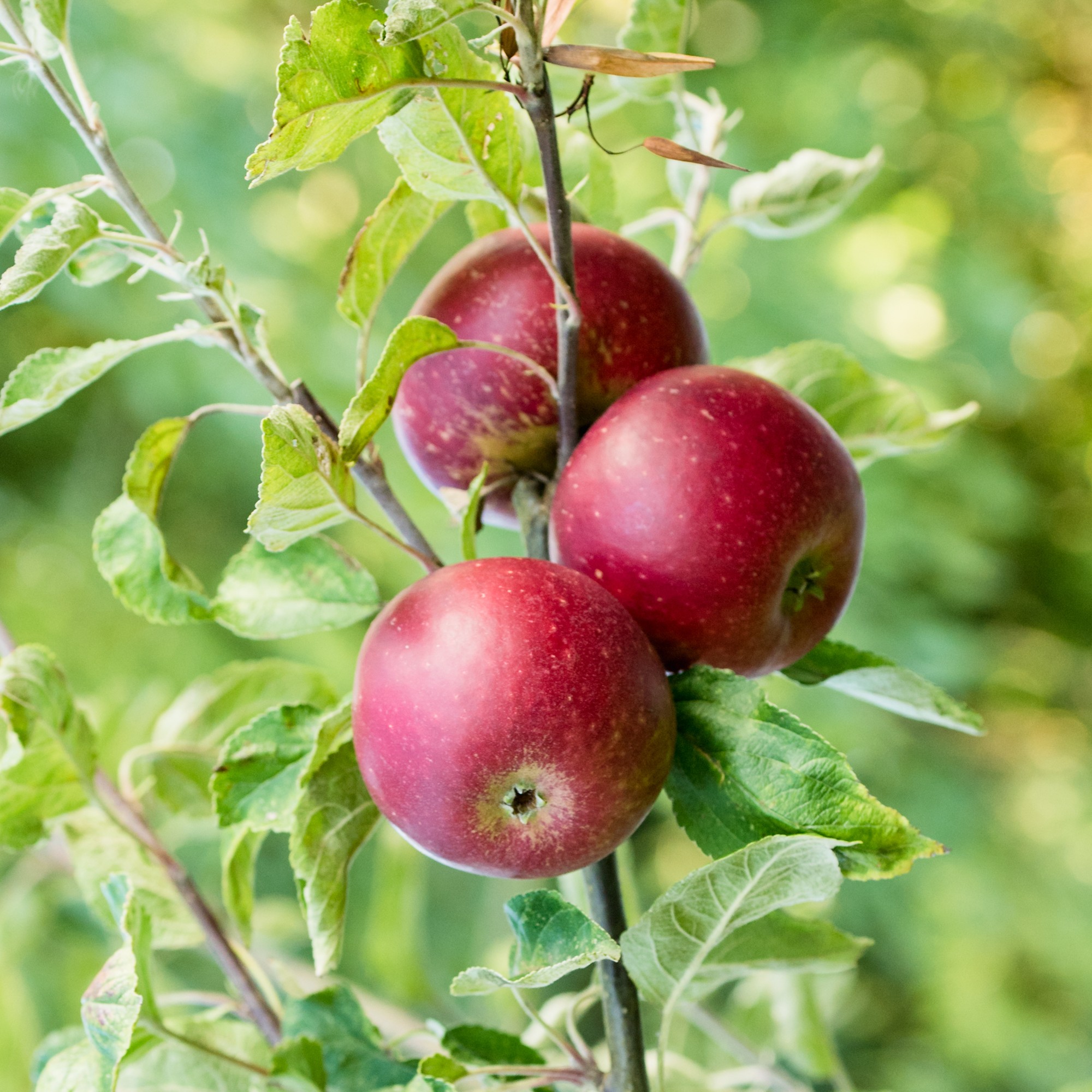
'Using rootstocks also means your fruit tree will start fruiting faster than if grown from seed.’
So, different rootstocks will limit a tree’s growth in different ways, and they'll bag you earlier harvests than trees started from seed. Those aren't the only perks, though.
‘Some rootstocks offer extra benefits like resistance to pests and diseases or better tolerance of different soil types,’ Julian explains.
Types of rootstock
Rootstocks fall under a few categories: dwarfing, semi-dwarfing or semi-vigorous, and vigorous – so I thought I’d break them down…
1. Dwarfing rootstocks
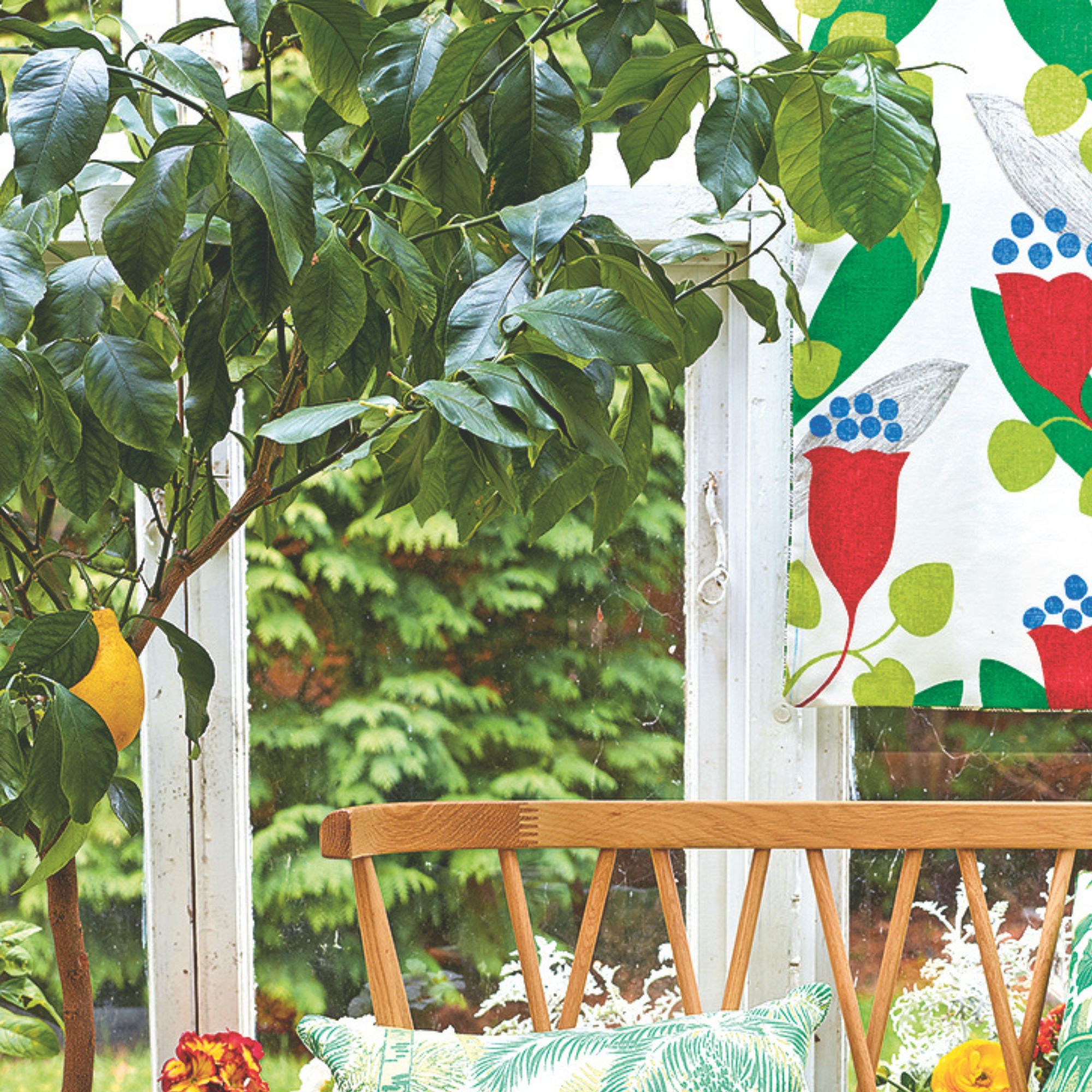
If you’re looking for a fruit tree for a small garden, you’ll want to aim for dwarfing rootstocks.
‘Dwarfing rootstocks keep trees very small and are ideal for small gardens or growing fruit in pots,’ says Julian.
The most common dwarf rootstocks for apples are M27 (which grows the smallest trees), M9 and M26, while Quince C is a dwarfing rootstock for pears and quinces.
Fruit trees grown from dwarfing rootstocks are generally far more manageable than larger trees, but they often need permanent staking because the roots are weaker. They also tend to have a shorter lifespan than fruit trees grown on vigorous rootstocks.
That said, they’re generally quicker to fruit, often bearing harvests after two years of planting. Britain's Favourite Apple Collection from Thompson & Morgan includes three popular varieties, each grafted onto dwarfing (M9) rootstocks.
2. Semi-dwarfing and semi-vigorous rootstocks
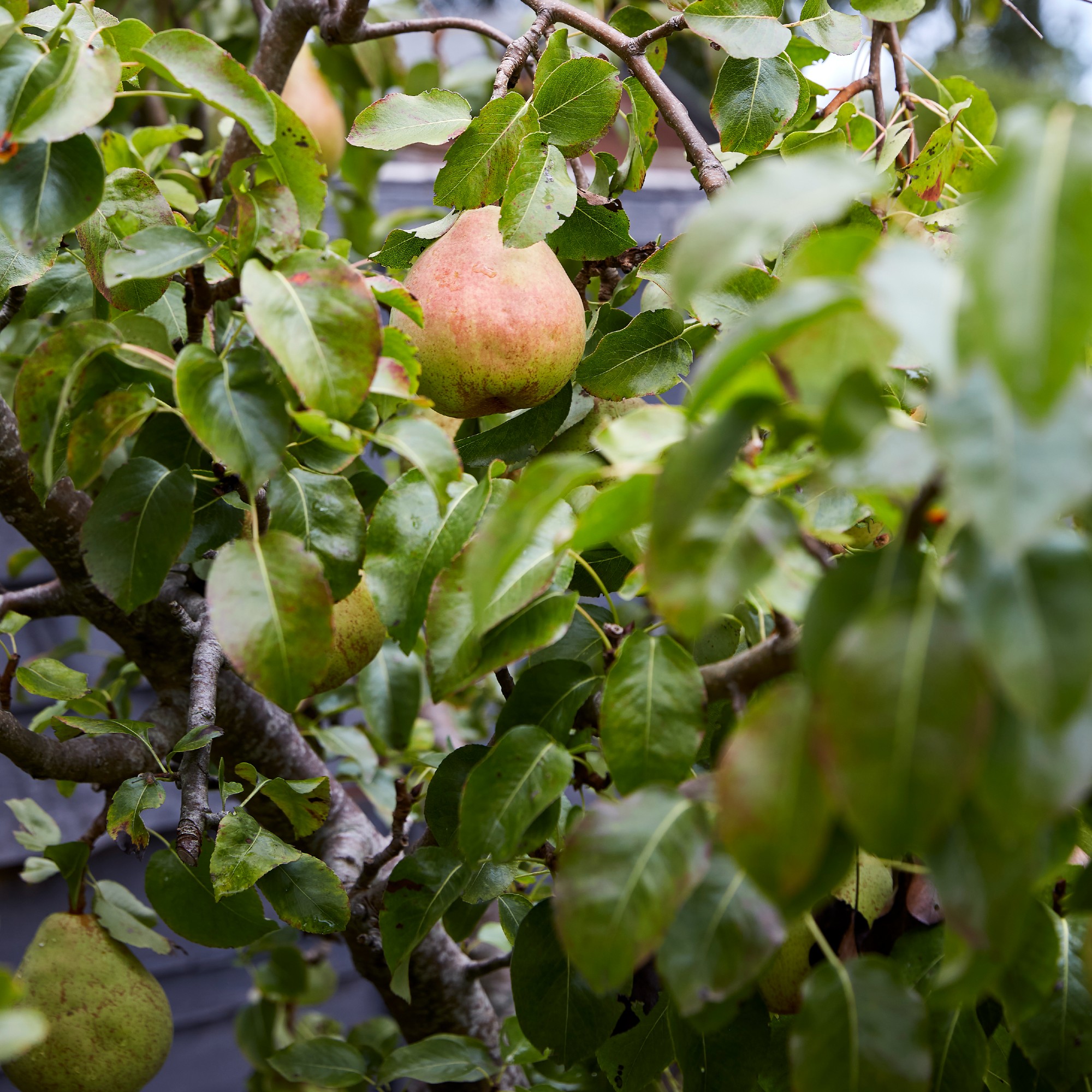
Next up are semi-dwarfing and semi-vigorous rootstocks. Semi-dwarfing rootstocks are more suited to small gardens, whereas semi-vigorous rootstocks are a better option if you’ve got a little more space – but on the whole, both are good options for a medium-sized garden.
‘Semi-dwarf or semi-vigorous rootstocks produce medium-sized trees that work well in most average-sized gardens, offering a good balance between tree size and fruit production,’ Julian explains.
They can take a year or more longer to fruit than dwarfing rootstocks, but they’ll generally live longer and produce heavier crops each year.
MM106 is the most common semi-dwarfing rootstock for apples (you can buy Apple 'Red Windsor' grafted onto this one from Crocus), while Quince A is a semi-vigorous rootstock for pears and quinces.
Pixy is a go-to semi-dwarfing rootstock for plums, gages and damsons, while Saint Julian A and Torinel (both semi-vigorous) cover peaches, nectarines, apricots, plums, gages and damsons. For cherries, Gisela 5 and Colt are both good semi-vigorous rootstocks (you can buy Cherry 'Sylvia', which is grafted onto a Colt rootstock, from Thompson & Morgan).
3. Vigorous rootstocks
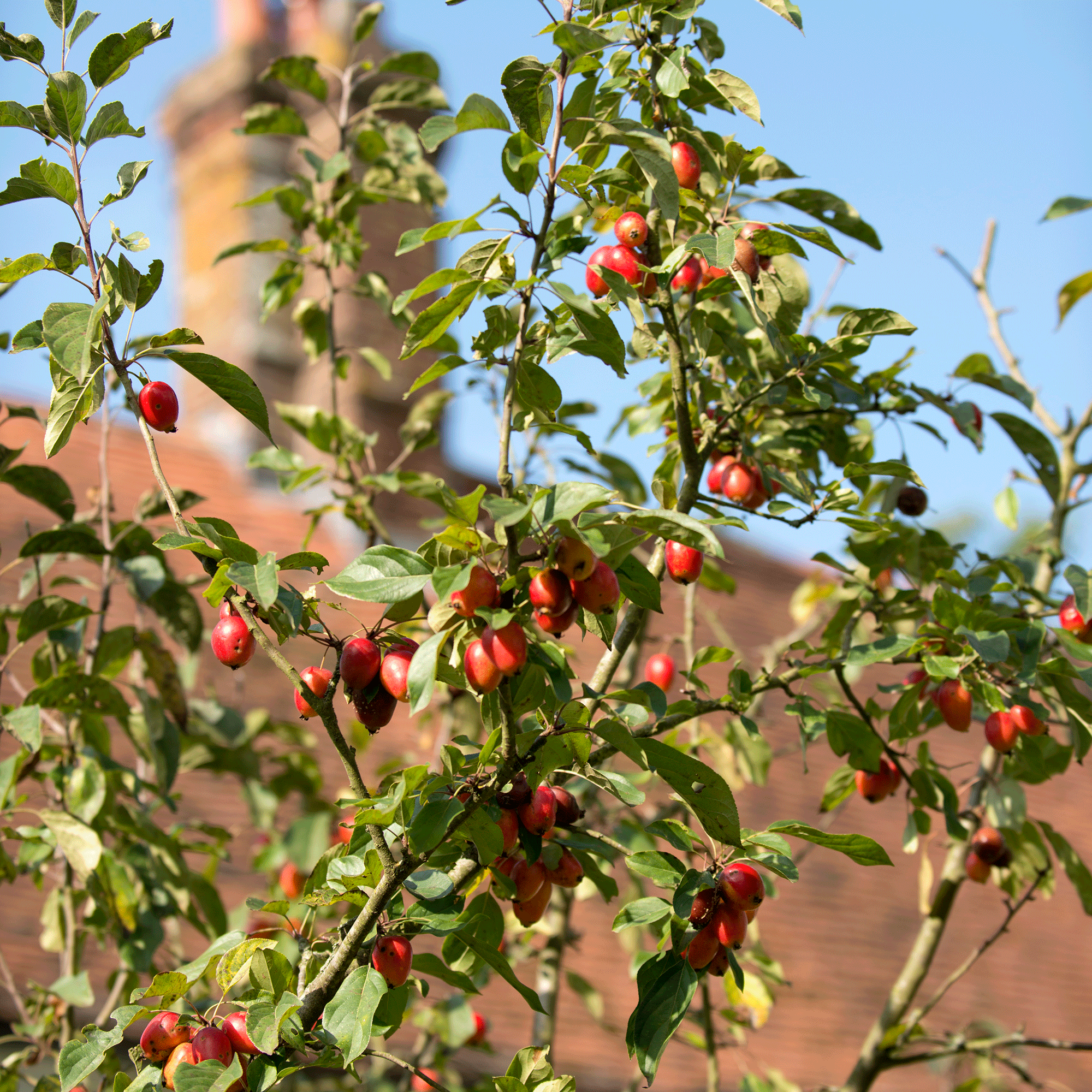
Last but not least (the opposite, in fact!), we have vigorous rootstocks. If you’ve got a larger garden or plenty of ground space to plant a fruit tree, these are practically the final bosses – especially if you go for M25, a very vigorous rootstock for apples.
‘Vigorous rootstocks result in large trees best suited for spacious gardens or orchards where there is plenty of room to grow,’ Julian explains.
MM111 is another common vigorous rootstock for apples. You’ll often need a ladder to harvest fruit from a mature tree grown on a vigorous rootstock, because they can grow up to 15 feet tall!
Malus × atrosanguinea 'Gorgeous' from Crocus produces crimson fruits. It's grafted onto an MM111 rootstock, so it can reach an ultimate height of 5 metres.
So, whether you're shopping for one of the easiest fruit trees to grow or a larger specimen, keep rootstocks in mind – they'll ensure your tree thrives in the space you have.

Sophie joined the Ideal Home team as Gardens Editor in June 2024. After studying English at Royal Holloway, University of London, she began writing for Grow Your Own, which spurred on her love of gardening. She's tried growing almost every vegetable under the sun, and has a soft spot for roses and dinnerplate dahlias.
As Gardens Editor, Sophie's always on the lookout for the latest garden trend. She loves sharing growing hacks for every space, from herbaceous borders to balconies.
You must confirm your public display name before commenting
Please logout and then login again, you will then be prompted to enter your display name.